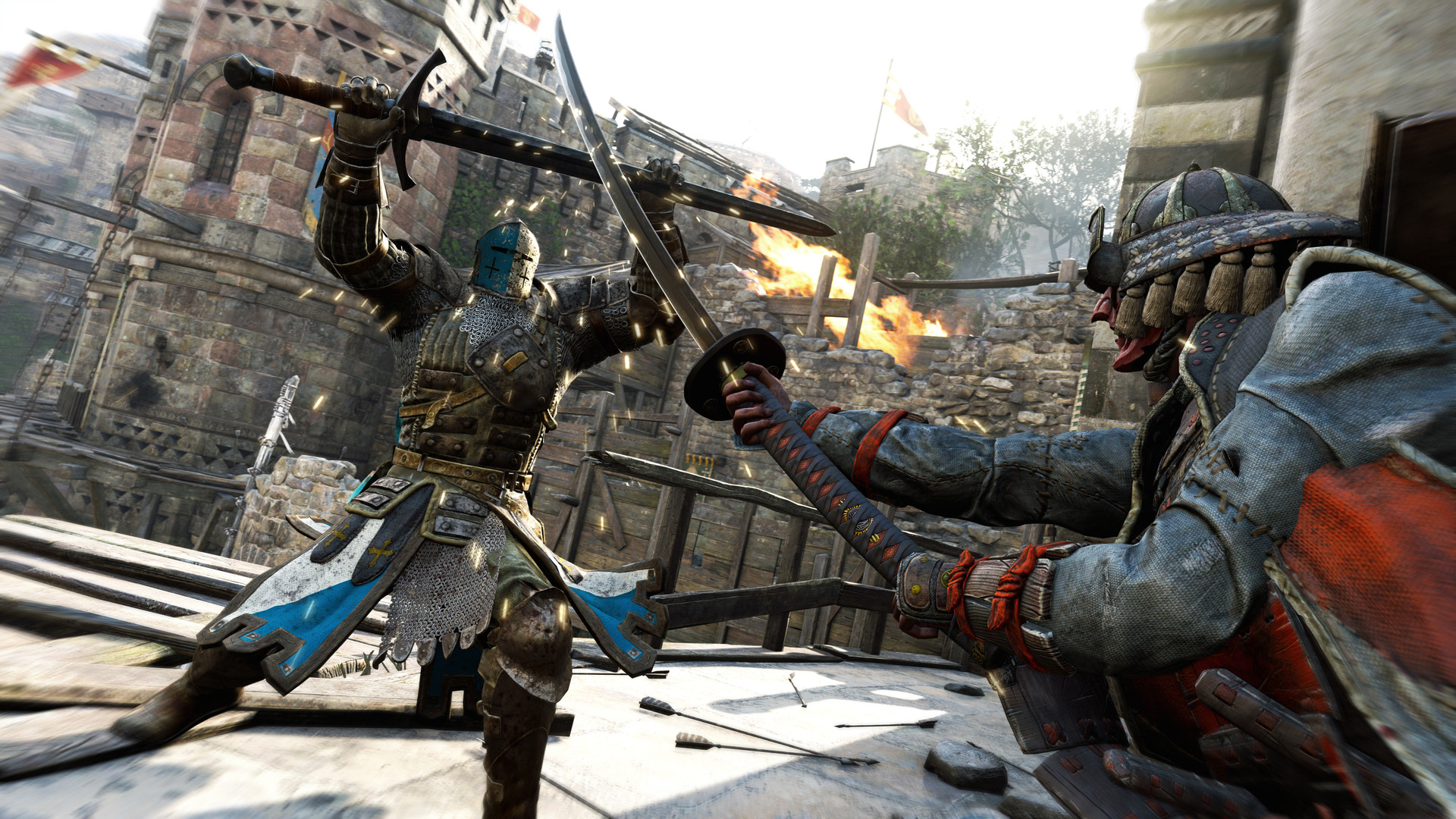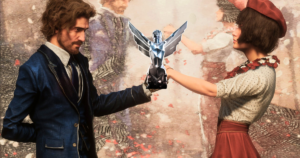
Melee combat is one of the pillars that have evolved the most in games over the decades. From simplified systems to deep and nuance mechanics, some titles marked a time by bringing creative solutions and desire to rethink as characters physically interact with the world.
Each of these games has contributed, in their own form, to make body combat deeper, varied and exciting. Of Bushido Blade’s brutal realism to Devil May Cry’s stylized style. The studios showed that there is always room to reinvent as we feel every punch, cut or thrust.
Bushido magazines
From the first contact, the game stood out for a radical proposal: there were no life bars or time limit. Instead, a single accurate blow was enough to overthrow an opponent, an approach that turned each duel into a test of patience, positioning and careful reading of opponent’s movements.
Although he did not become a blockbuster, Bushido Blade won a faithful niche and influenced several later titles that sought realism in armed combat. His boldness to eliminate life bars anticipated discussions about realistic fighting games and missed fans who enjoyed more surgical than frantic duels.
Star Wars Jedi Knight II: Jedi Outcast


By adopting the ID Tech 3 graphic engine, Jedi Outcast raised the visual pattern and allowed much more accurate saber and collisions animations. Unlike Dark Forces II, where melee combat was secondary, here he became the main focus.
Its combat design influenced not only Jedi Academy, but also later titles that sought to capture the Jedi sensation in the fights. To this day, fans remember Jedi Outcast as the highlight you really feel like a light saber: deadly, elegant and powerful.
Devil May Cry


Each successful combo or intelligent use of different weapons increased its style rank, encouraging not only to defeat enemies, but doing it with style, creating flow and variation in attacks. As he advanced, the player released increasingly complex blows, creating a sense of constant progression.
Thanks to these innovations, Devil May Cry redefined what a melee combat game could be in 3D, inspiring direct sequences and a legion of titles that sought that same styles. The title is also one of the milestones of Hack’n’Slash.
God Hand


Instead of learning simple blows, you customized your set of attacks by turning God Reel: there you chose which movements would access, creating unique combinations that dialogue with your playing style. The game rewarded who caused the enemies.
Unlike more serious titles, God hand mixed visual jokes, absurd enemies, and a protagonist who seemed out of an animated cartoon. This allowed exaggerated and absurd blows without falling into the Beat cliché in traditional UPs.
Batman: Arkham Asylum


At the center of combat is the idea of connecting blows, dodging and counterattacks in almost choreographed sequences, without interruptions or complex command menus. Each overthrow enemy leaves a perfect space for the next attack, and the transition between punches, kicks, climbing and special finishes is so soft that it makes the player feel like a martial master master.
Batman: Arkham Asylum has inspired a generation of superhero games. Its combat has become a reference for titles such as Marvel’s Spider-Man, Middle-Earth: Shadow of Mordor and Mad Max. The combination of accessible and deep combat, combined with faithfulness to the character, showed that it was possible to unite pleasant gameplay, surrounding narrative and atmosphere faithful to the original work.
Chivalry: Medieval Warfare


Chivalry’s great differential is its first -person melee combat, which puts the player in the full blade control: attacks and blocks are adjusted in real time by the mouse, allowing tall, direct -stored kicks or large cuts according to the camera angle.
Instead of isolated duels, Chivalry focuses on team battles. The game unites melee combat and use of siege weapons, raised the game to a main actor experience in medieval film, where strategy and teamwork matter as much as skill with the blade.
Sleeping Dogs


Inspired by De Batman’s fight: Arkham, Sleeping Dogs adopted a fluid sequence approach to punches, kicks and agarons, but combined everything with Kung Fu blows, straight wing chun punches, spinning kicks and explosive elbows.
Even though it was not a commercial success, Sleeping Dogs has won criticism and martial arts fans for their visceral and authentic combat. Many subsequent open -world games have come to invest more in environmental interactions and similar mechanics, direct inheritance than Sleeping Dogs has proven to be possible in terms of urban film struggle.
For Honor


For Honor introduced a body combat system fully focused on reading and positioning. Instead of simply pressing a lock button or attacking without criteria, the player needs to carefully choose his guard posture, left, right or tall, to defend himself and, at the same time, plan where his next blow will come from
In addition to the main system, for Honor offers several heroes divided between knights, samurai and vikings, each with a single arsenal of scams, speeds and special skills. This creates asymmetrical matches, where you know your hero well and understand the opponent’s style of play make all the difference in 1v1 duels.
Metal Gear Rising: Revengeance


Unlike the main metal gear saga, focused on stealth, this spin -off embraces the whole body combat with a sword, delivering a fast, visceral and incredibly stylish experience. Revengeance’s big differential is Zandatsu, which allows you to slow down and use the analog to trace accurate cuts anywhere in the enemy.
This mechanics of strategic breakdown not only increases the sense of power, but encourages combat. You can slice robots to pieces to collect energy or even disarm opponents by cutting weapons away from your hands. Platinumgames refined its acclaimed hack’n’slash style by combining quick movements with almost imperceptible transitions.
Sifu


In Sifu, each successful lock opens a window to counterattack at the perfect pace. The game requires full attention: Reading the opposing movement, deciding whether to press the offensive or retreat, and use strong blows at the exact time to unbalance groups of enemies.
Inspired by action classics, Sifu allows you to use the environment as an extension of your body: wall impulse on the wall, shot, elbowed furniture and even finishes. Each area is designed thinking about escape routes, attack angles and opportunities to demonstrate martial elegance.
Sekiro: Shadows Die Twice


In Sekiro, both the player and the enemy have stance, and the goal is to break this posture through perfect deflections and well timed blows. Unlike attacking without criteria, you need to anticipate the exact moment of the enemy attack to deflect the blade, unbalance it and unleash a fatal attack.
Sekiro punishes errors with rigor, but rewards patience: mastering Parry’s timing and studying boss patterns turns every victory into a memorable achievement. Unlike games where tanks resist tons of damage, here a slide is enough for you or the enemy fall, which makes the fight intense and refined.
Which of these games has impressed you most about melee combat? Tell us in the comments!
Source: https://www.gamevicio.com/noticias/2025/07/11-jogos-que-inovaram-no-combate-corpo-a-corpo/


